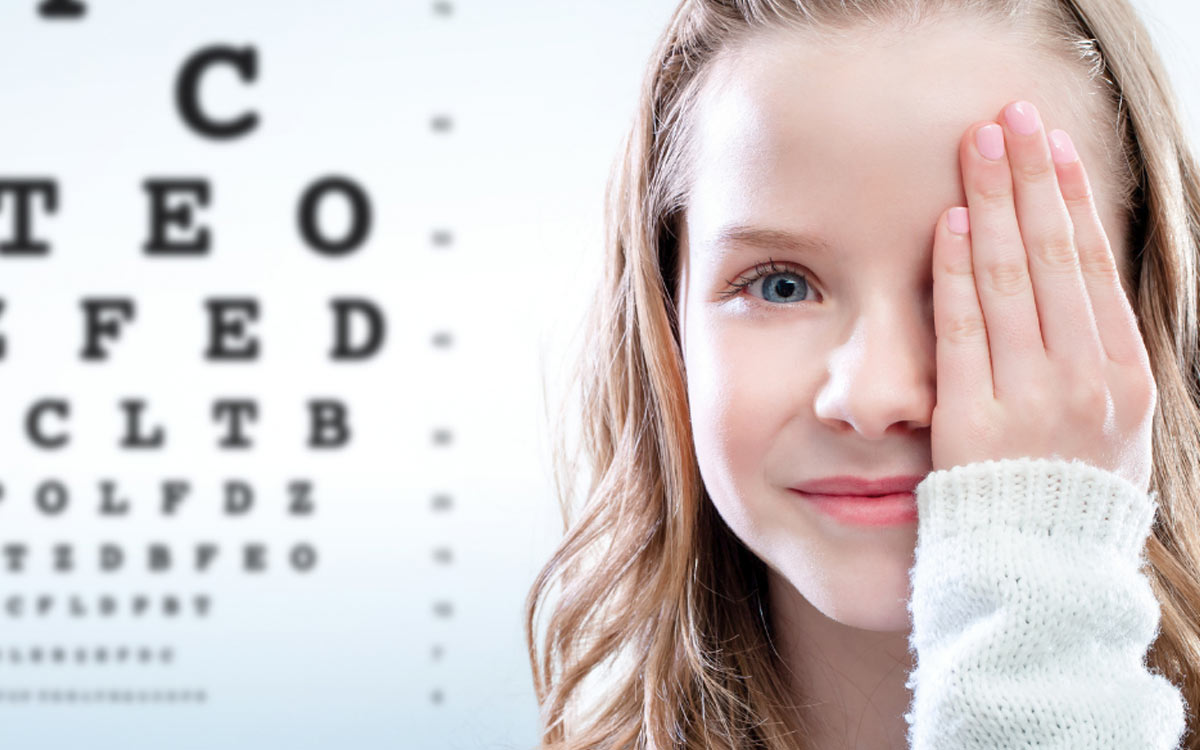Many parents who come into our practices consider their children’s myopia as a simple vision problem that needs correction. Each time the child needs a higher prescription, they just “fix” it by buying them a new pair of glasses.
What many parents don’t realize is that myopia can actually harm a child’s eyes and vision, especially as the child ages.
Below, we’ll explain what myopia is, how it progresses with age, and why parents should take action now to preserve their children’s gift of sight for the future.

What is Myopia?
Myopia is an eye disease where the eyeball grows too long, leading light to be focused in front of the retina instead of directly on it. This causes distant objects to appear blurry.
Because the eye elongates and grows with the rest of the body, naturally, it stops elongating once the rest of the body stops growing in early adulthood. This also means there may be times in a child’s development where they experience growth spurts—suddenly requiring a higher prescription.
Myopia typically starts in childhood and progresses throughout the school-age years, usually stabilizing around their late teens.
While scientists don’t fully understand all the causes of myopia, we know that genetics and certain environmental factors play a key role in its development and progression.
Why Should Parents Care About Myopia Progression?
Myopic children are at a higher risk of developing sight-threatening diseases like glaucoma, cataracts, retinal detachment, and macular degeneration later in life.
Children with rapidly progressing myopia are even more prone to developing these diseases.
So why wait for your child’s myopia to worsen before seeking treatment? Slowing myopia early on can make all the difference to your child’s eye health as they age.
Call us at (805) 482-1136 to schedule an appointment, or reach out to us on our Contact page.